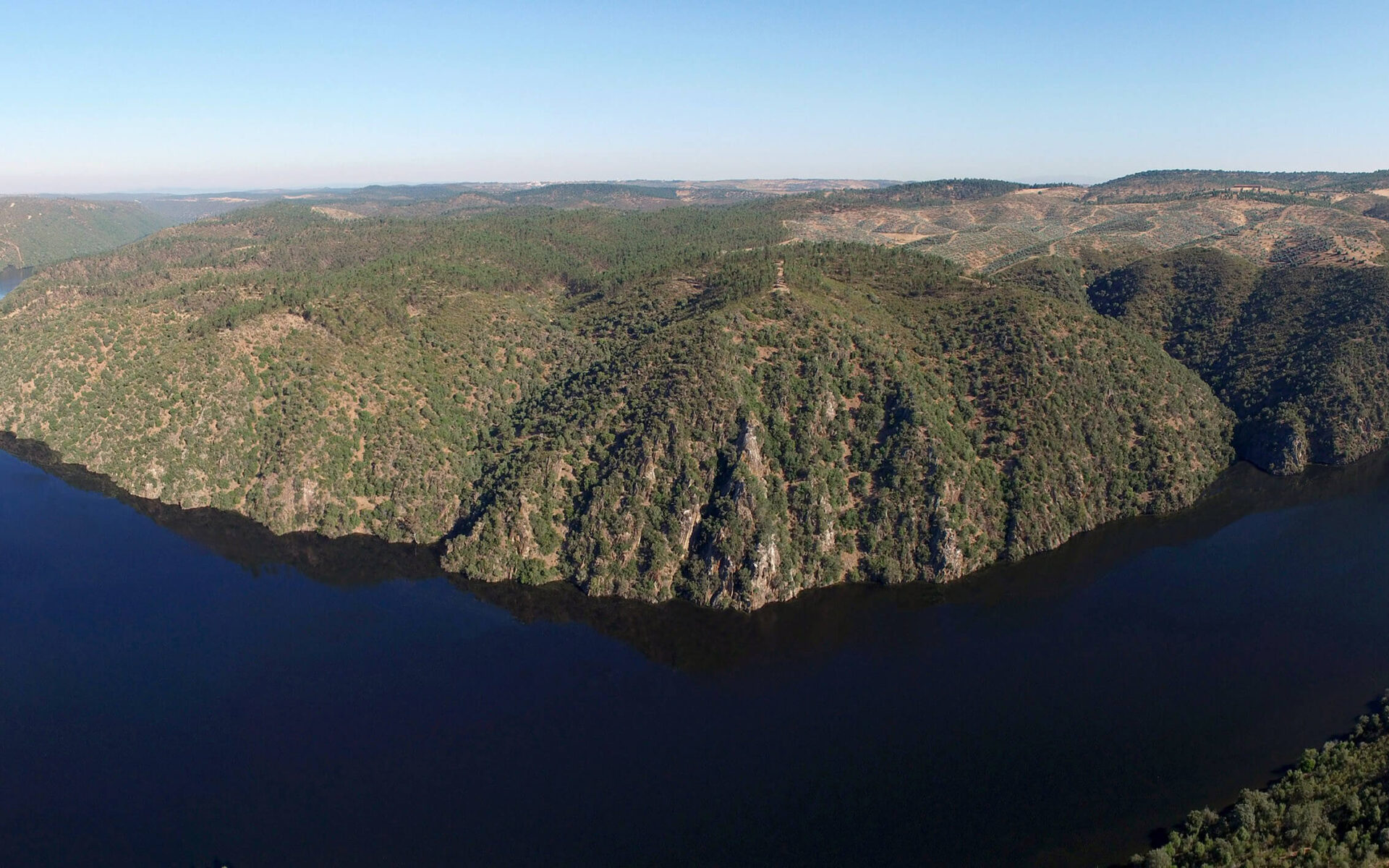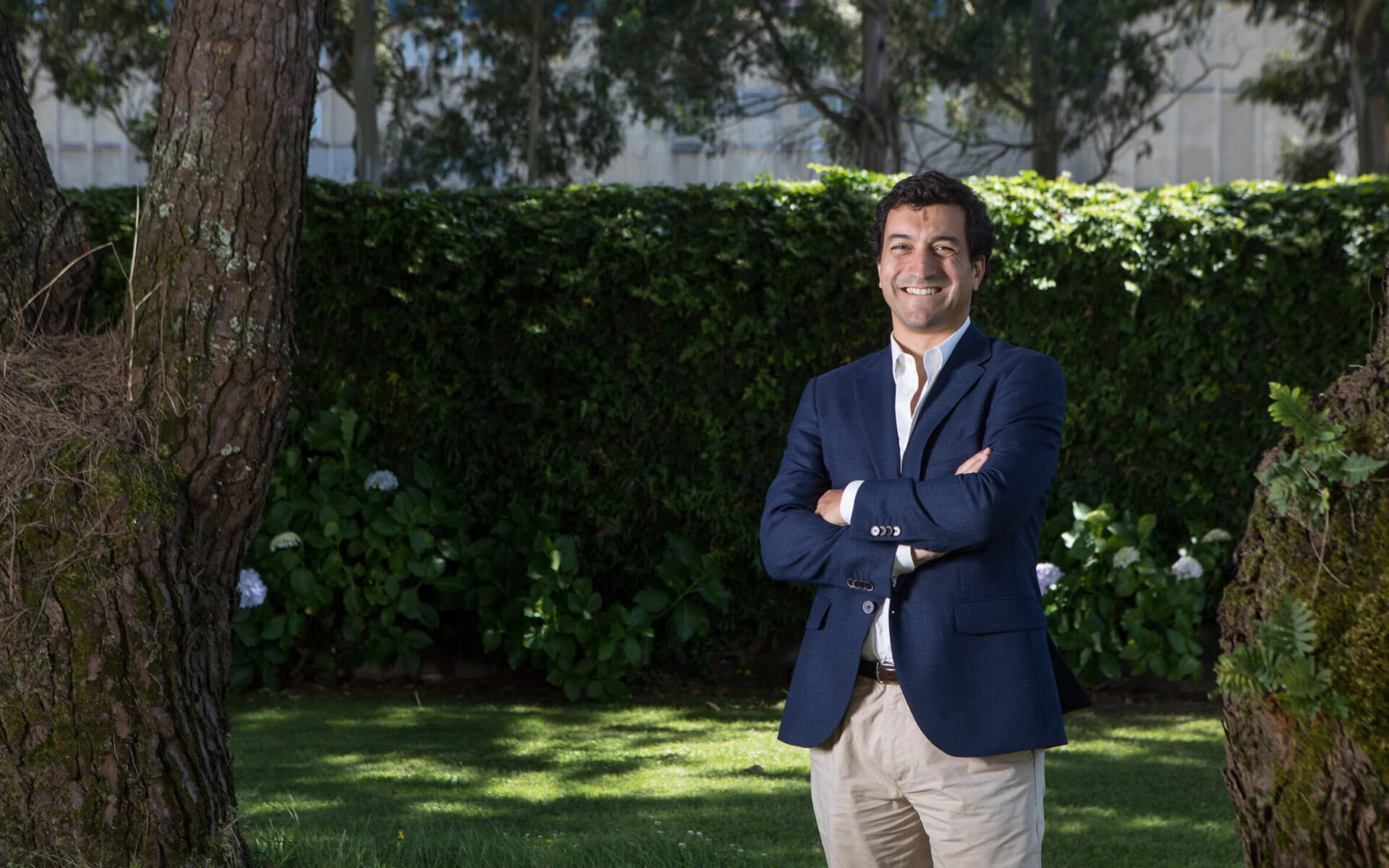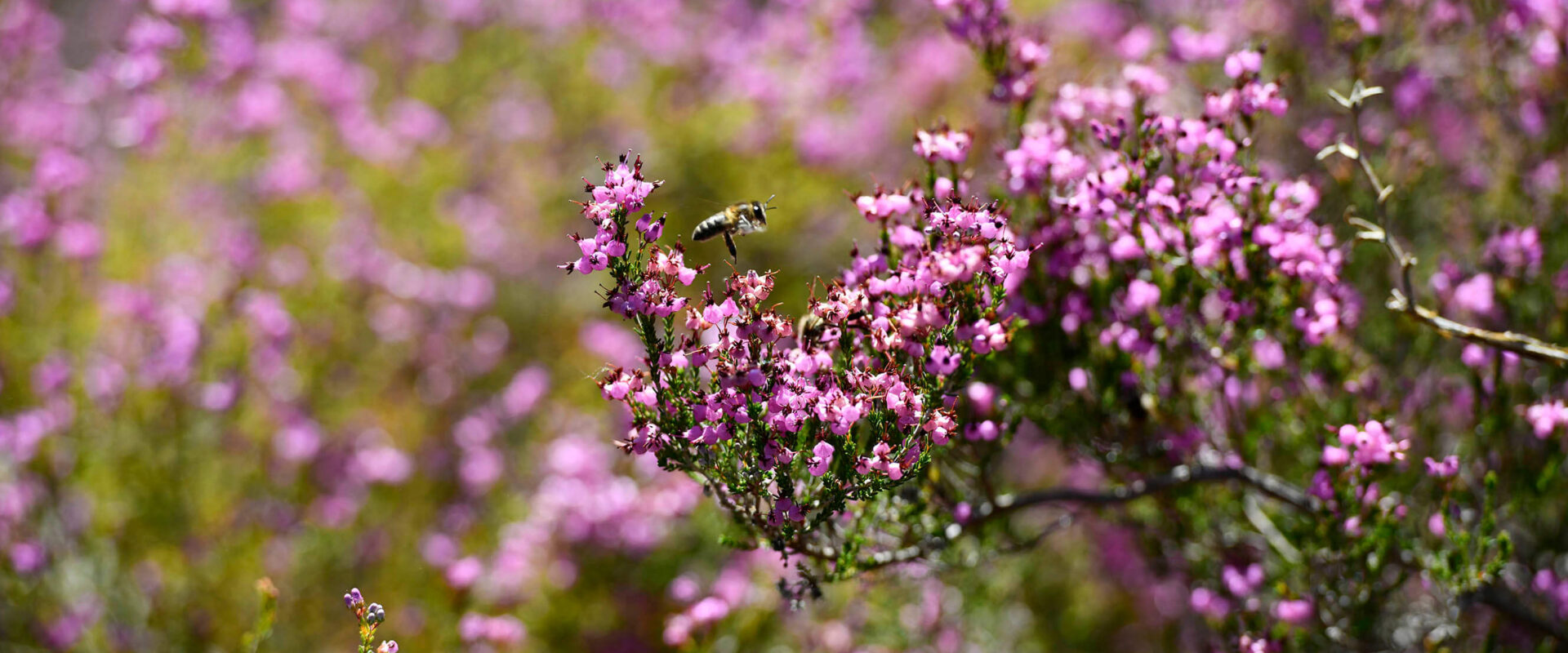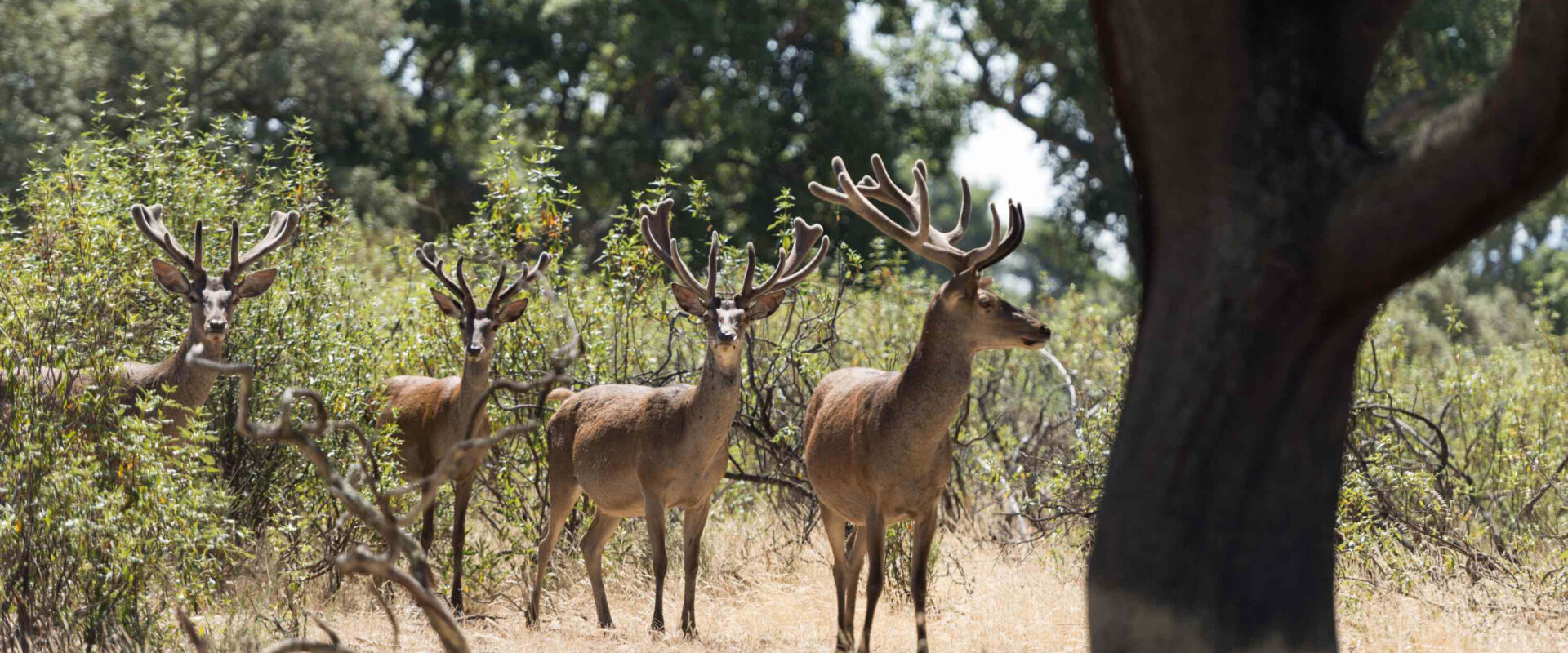The forest: the sustainable future of modern society
Sustainability and forest development are inextricably linked and must go hand in hand.
We have already established that a successful relationship between sustainability and the forest must involve a perfect combination of all the different variables inherent to modern society.
Let’s start with the forest, from which mankind has always benefited, and which has from time immemorial been an invaluable source of raw materials and a resource without which we cannot live.
Now let’s look at sustainability, a more recent concept which revolves around the need to guarantee that this source of revenue, goods and services does not die out but remains healthy for centuries to come, and which aims to improve its quality and quantity.
A forest which is not sustainable, is one which is ultimately doomed.
The way Portugal’s society has become more urban has meant that we are turning our backs on the forest and ignoring the need for it to remain sustainable. This physical distance has led to an idealised view of a bucolic idyll, which is very different from what a sustainable forest should actually be. And it is this unrealistic perception which ends up causing many of the problems currently facing forests and which push them further and further away from sustainability.
A sustainable futuro for the forest
The forest plays a vital role in today’s society. For a start, it is vital in combating climate change, due to its carbon sequestration capacity and role as a carbon sink, but also through all the ecosystem services it provides.
Taking this pivotal role into account, society has to grasp that that forests are a key asset and are vital to our wellbeing, and it is therefore crucial that they be properly managed, balanced and profitable. This is the only way to ensure that despite being located far away from urban centres, forests remain relevant in helping to sustain a modern society which increasingly needs to draw on the full potential of forests which are sustainable. The major challenge we face today is to find ways to give our forests a sustainable future.
Combating rural desertification and abandonment
There are many challenges that arise in our pursuit of this goal, one of the main ones being the abandonment of land and social desertification of rural areas.
According to official data, mainland Portugal has around 3.5 M hectares of forest , which accounts for around 39% of its continental land area. If we look at the country divided into North and South by the Tagus River, we can see distinct differences, which must involve distinct solutions.
Roughly speaking, larger properties are predominant in the south, with much of the land area occupied by native species with a low density of trees per hectare. This zone of the country is much easier to manage and the agroforestry system in place is conducive to reducing fire risk which therefore makes it a more appealing area to manage.

Impact of climate change
Nevertheless, this territory is subject to climate change, and we must continue to prepare for the future with forestry options which are appropriate to this context. A new approach is therefore needed, which includes genetic improvement, and better practices in terms of land coverage, density, and pastoral intensity, among other things.
It is in the North where we encounter greater difficulties, given the higher rate of land abandonment and greater fragmentation of land properties.
According to a document by the Grupo de Trabalho para a Propriedade Rústica {Working Group for Rural Property}, 85% of Portugal’s rustic buildings are concentrated in the Centre and North of the country, which account for 54% of the total area of Portugal. The average area per item also differs hugely between the regions of the country, with 0.6 hectares in the Centre region contrasting with 9.9 hectares in the Alentejo.
This greater fragmentation in over half the country, together with the aforementioned land abandonment (a lack of management and, among other reasons, an absence of a land register) all lead to a heightened risk of fire.
According to data from the ICNF {The Institute for Nature Conservation and Forests}, up until 15th August 2022 around 75% of forest fires occurred in the Central and Northern regions of the country, with a total of around 80 thousand hectares burnt. This situation causes a downward spiral whereby the higher fire risk causes management to be reduced or withdrawn, leading to increased land abandonment, which in turn then leads back to increased fire risk.
Reducing CO2 emissions
Today’s society and the whole environmental situation obliges us to pay very close attention to decarbonisation, with the aim of, one on hand, endeavouring to reduce consumption of fossil fuels and, on the other, increasing carbon sequestration and carbon sinks.
In pursuing its mission, Altri’s goal has been to seek to reduce emissions by using hybrid vehicles in its forestry operations (the Group currently has 8 functioning pieces of machinery), and in the area of carbon sequestration/sinking, it employs sustainable forest practices and uses genetically improved material, thereby increasing the CO2 fixation rate and leading to a decrease in areas burnt (fire-fighting and prevention via AFOCELCA). Ensuring productive, healthy and sustainable forests is the only way to prevent fires, and unless we do this Portugal’s current high forest fire statistics will continue to be an unresolved problem.
All forestry policies must take into account the fact that the forest is directly related to the wellbeing of society in many different ways, from acting as a carbon sink/sequestrator, to providing society with countless products – from paper to textiles – and services – protecting soil and water quality.
The path the country must take with the forest
It is therefore vital to understand that a static forest which neither grows nor is profitable, cannot contribute towards society’s wellbeing. We absolutely must encourage a forest of production, conservation and leisure, as this is the only way to fulfil the current demands of a modern and urban society.
In Portugal, we can do this. We have excellent conditions in place to ensure that these different functions can coexist. Nevertheless, in order to achieve this, we need to create incentives to increase management, particularly in areas of eucalyptus forest, by creating incentives to renew them with improved plants and increased management, while simultaneously seeking to set up new areas of diversified forest with native broadleaf trees, using the eucalyptus forest as leverage to expand the area of forest and increase productivity and thus profitability. Only by doing this can we put a brake on the downward spiral, increasing the rate of sequestration (eucalyptus has the highest sequestration rate) and carbon sink (expanding the area of forest).
Society depends upon the forest (among other things) for decarbonisation, for renewable products, and for ecosystem services. We have to grasp this notion, for the sake of our own future.





